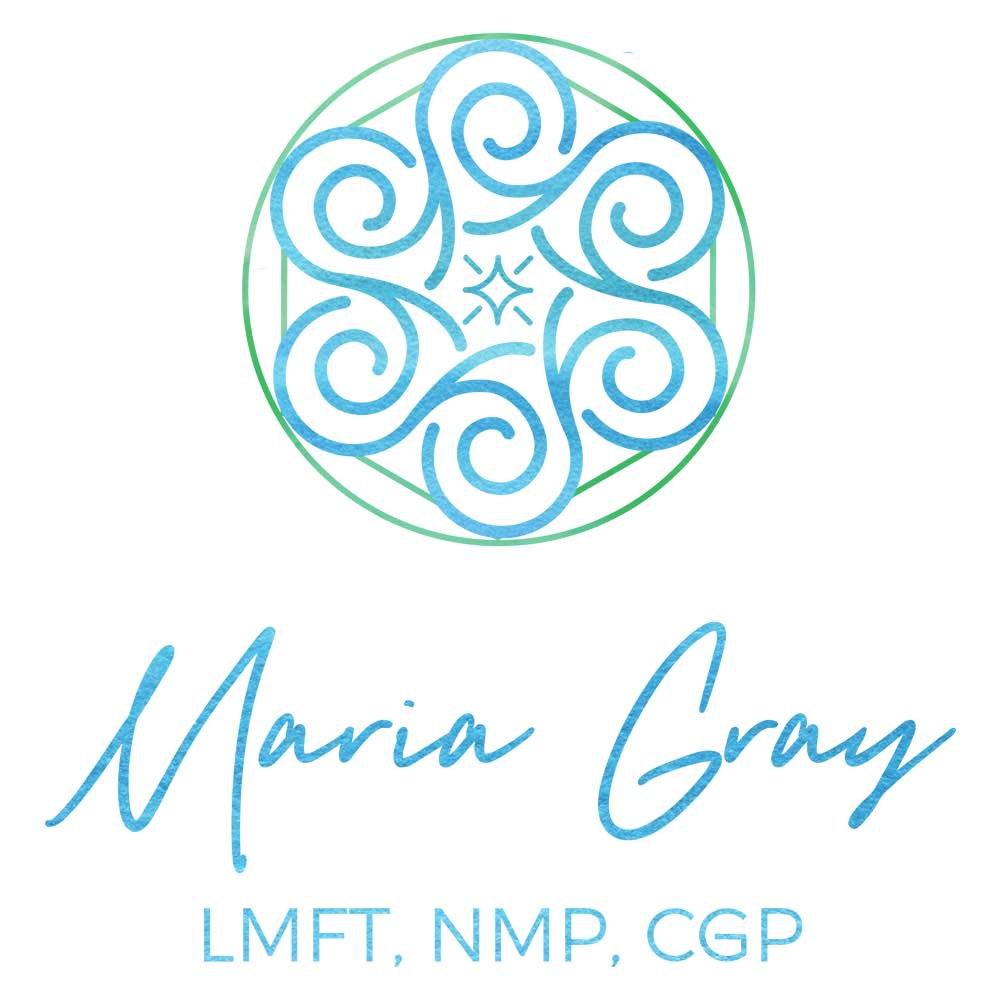Most of the therapists I know use some version of this language on their voicemail “If this is a client experiencing a medical emergency, please hang up and dial 911 or go to your nearest emergency room.” I wondered if I really needed this. Of course, I understood we use it for legal reasons, but I thought it sounded strange. I like to understand why I’m doing something in my business as opposed to just adopting a practice that everyone uses.
I decided to call CAMFT and ask them about the greeting. Access to the lawyers at CAMFT is one of the many benefits of my membership. I spoke with Bradley Jordan Muldrow, JD, and I asked him why I needed to use this greeting on my voicemail. Bradley advised me to retain the greeting, he explained that it serves as an important reminder to my clients that I’m not available 24/7. He explained that if a client was calling at 2:00AM, I would not be expected to answer the phone and my message would inform them of their options in a true emergency. He said that the combination of the greeting and language in my informed consent document help to protect me from potential liability, so I chose to retain the language in my greeting.
I took the opportunity to ask another question. When I was an intern (before they were called associates), my supervisor would cover my practice when I was on vacation and vice versa. My voicemail message would state that clients should contact my supervisor in the event of an emergency. I wanted to know if I needed to have another clinician cover for me when I took time off. Bradley explained that I was not responsible for covering my practice during my vacations; all I need to do is create a vacation greeting that includes the same emergency language as my regular greeting.
It’s important that we maintain clear boundaries with our clients and that we can be flexible when it’s clinically appropriate. I encourage my clients to contact me if they are experiencing a non-life-threatening crisis, but I limit these calls to approximately ten minutes. If someone needs more time, I’ll suggest we schedule a session. I’ve only had a few clients who called frequently between sessions and when that happened, I offered them a second weekly session. Of course, your policies may be different based on the types of clients you see and your personal preferences. Now might be a good time to review your voicemail greeting and see if it’s up to date.





